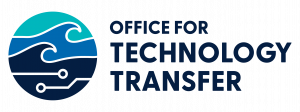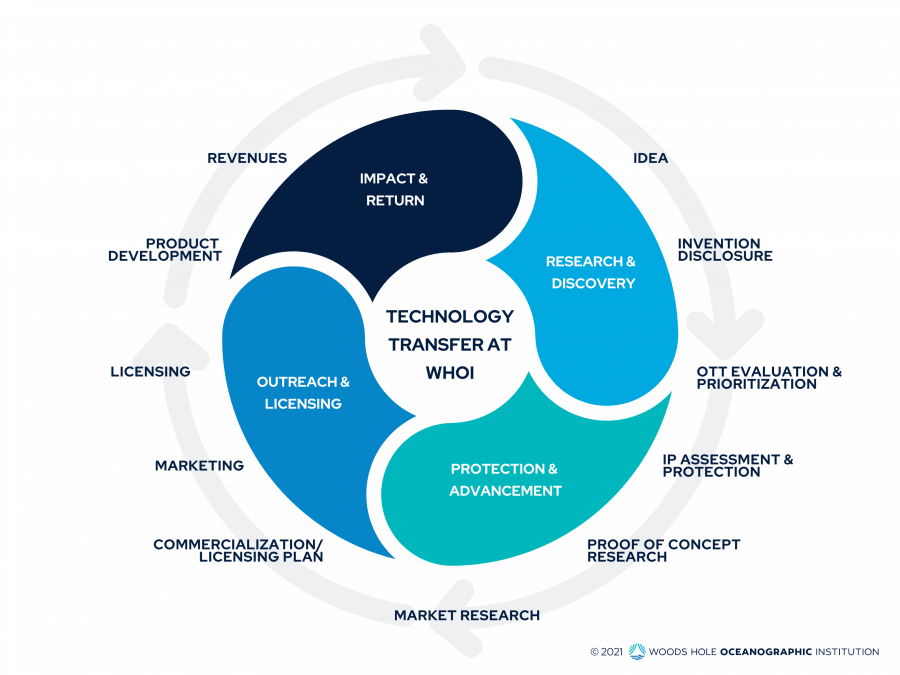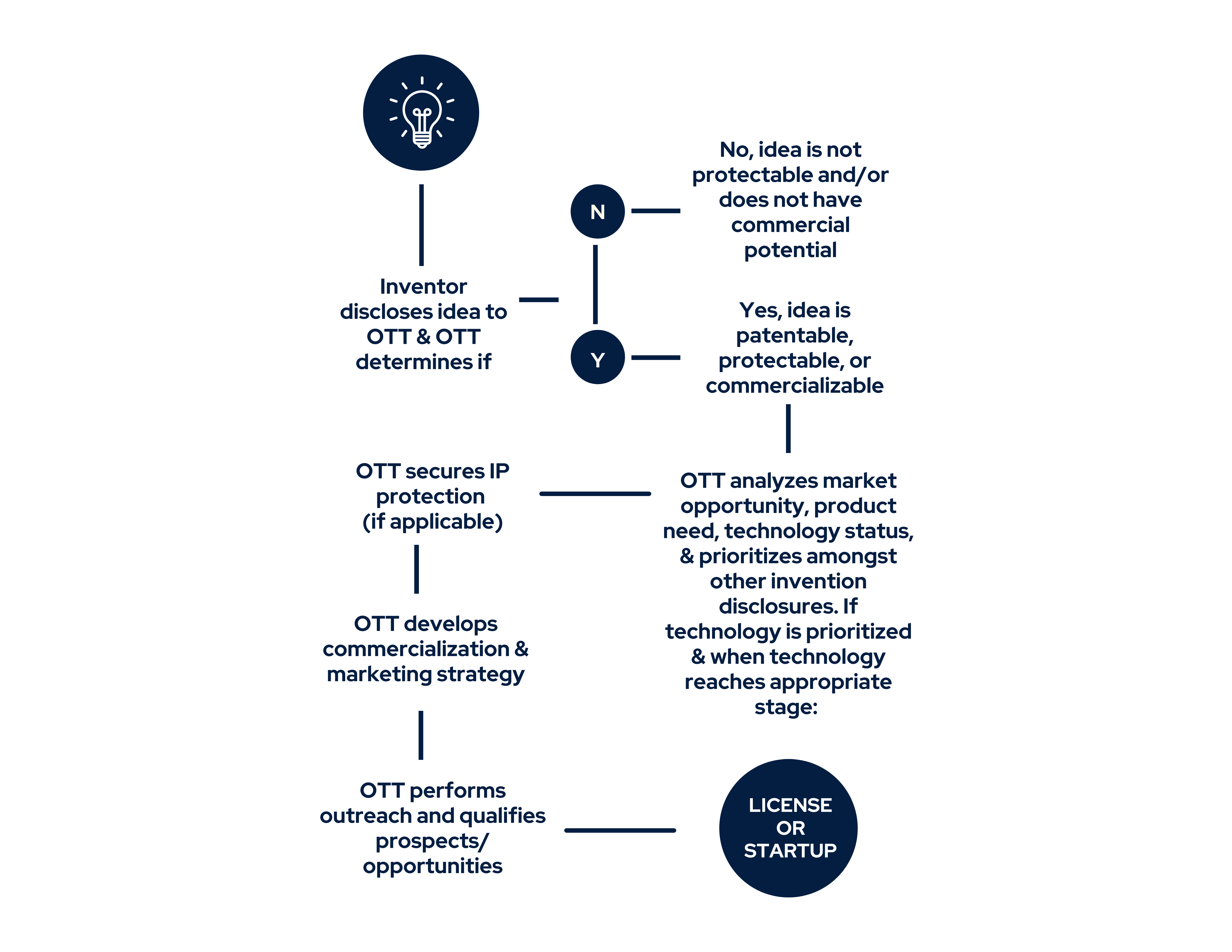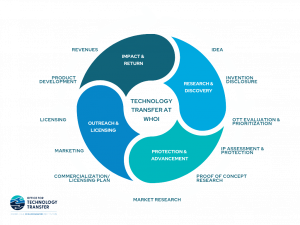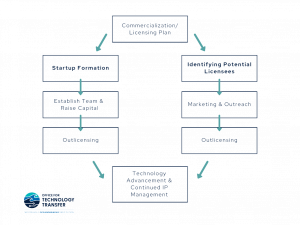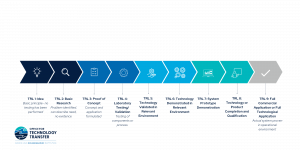WHOI COMMUNITY AND INVENTORS
WE ARE HERE TO HELP
SHIP is dedicated to realizing the full impact of WHOI innovations. We do this in part by providing support, guidance, and helpful resources to WHOI staff and innovators. We understand that whether you are a first time inventor, or seasoned entrepreneur, the process can be intimidating. Whether speaking with industry for the first time, knowing when to disclose an idea to SHIP, or understanding IP ownership and protection - we're here to help you understand what to expect from the process.
For additional information or to request additional resources here, please contact bizhub@whoi.edu
Innovation Resources
Learn more about OTT
